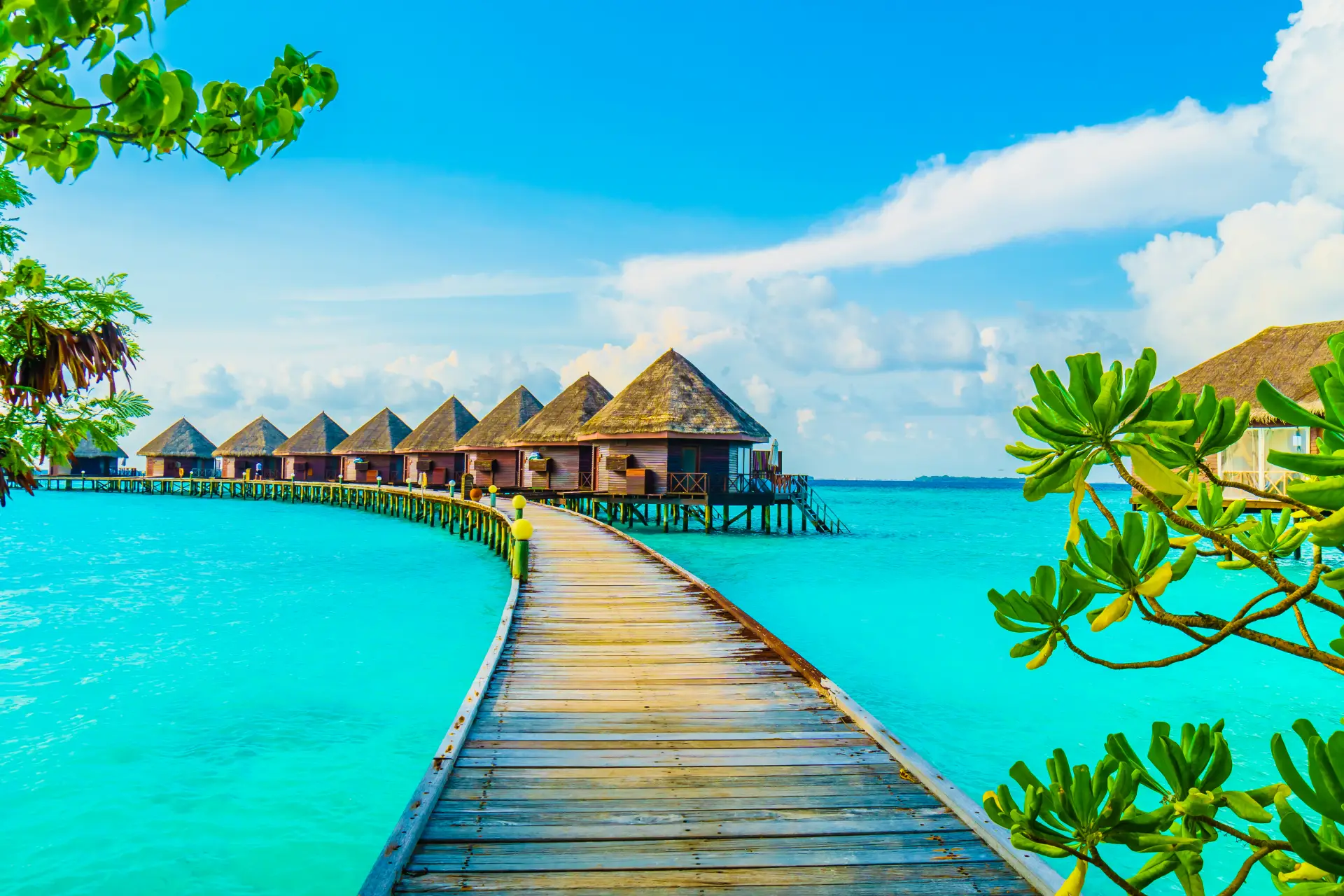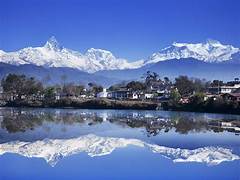
Blog Detail

From Social Media Shutdown to Revolt: Nepal’s Gen Z Leads a New Era of Activism
Travel Agency
September 9, 2025
Opening: Setting the Scene
In September 2025, Nepal faced one of its most powerful youth-led movements as thousands of Gen Z protesters took to the streets, igniting a digital rebellion that echoed nationwide. What began as an opposition to a sudden social media blackout swiftly transformed into an uprising against systemic corruption, nepotism, and limited economic opportunities.
The Spark: Social Media Ban & Free Speech
On September 4, the Nepalese government abruptly banned 26 popular social media platforms—including Facebook, WhatsApp, Instagram, YouTube, X (Twitter), Snapchat, and Reddit—after these platforms failed to comply with new registration requirements designed to regulate misinformation and hate speech ReutersThe GuardianThe Week. This move triggered widespread outrage among young Netizens, who saw it as a direct violation of freedom of expression.
Why Gen Z Mobilized
Digital natives accustomed to expressing themselves freely, Gen Z Nepal viewed the ban not just as censorship but a collective silencing of their voices. Their frustration wasn’t limited to online restrictions—it extended to rampant corruption, nepotism, and stagnating economic opportunity AP NewsReutersFiscal NepalThe Guardian.
Protest slogans like “Wake Up Youth, Wake Up Gen Z” and hashtags such as #Nepobaby and #Nepokids became popular, criticizing political dynasties flaunting luxurious lifestyles amid widespread hardship Fiscal NepalKathmandu PostAP News.
The Protests: From Maitighar to the Parliament
On September 8, thousands gathered at Kathmandu’s Maitighar Mandala, many in school uniforms, symbolizing a peaceful but powerful demonstration by students and young citizens Kathmandu PostKhabarhubNepal Press.
The protests quickly escalated, particularly around the Federal Parliament in New Baneshwor, where demonstrators attempted to storm the building. Clashes with security forces ensued. Police deployed tear gas, water cannons, rubber bullets, and live ammunition ReutersThe GuardianThe WeekKathmandu Post+1.
The Human Cost
Tragically, the crackdown turned deadly. At least 19 people lost their lives and scores more were injured—many critically—during the clashes. Estimates of injuries range from 100 to over 300, depending on sources The GuardianAP NewsReuters+1Kathmandu Post+2Kathmandu Post+2. Hospitals struggled to manage the influx of wounded protesters.
Aftermath: Ban Lifted & Political Fallout
In response to mounting unrest, the government lifted the social media ban by September 9, trying to quell the anger ReutersThe Times of IndiaPolitico. Yet, critics argue the protests reflected deeper issues—not just digital censorship but systemic failure to address corruption and accountability.
The outcome was monumental: Prime Minister KP Sharma Oli resigned, and an investigation panel was set up to examine the violence, with compensation pledged for victims and medical treatment for the injured AP NewsReutersPolitico.
Beyond the Headlines: Youth in Action
The Gen Z uprising was distinct—nonpartisan, leaderless, and organized predominantly through peer networks, hashtags, and TikTok activism. Political parties like the Rastriya Swatantra Party (RSP) and figures like Mayor Balen Shah expressed support but cautioned against exploiting the movement for partisan gains Nepal EkhabarNepal News.
Prominent celebrities, too, lent their voices in solidarity, reinforcing that this was a call for integrity, not image politics Kathmandu Post.